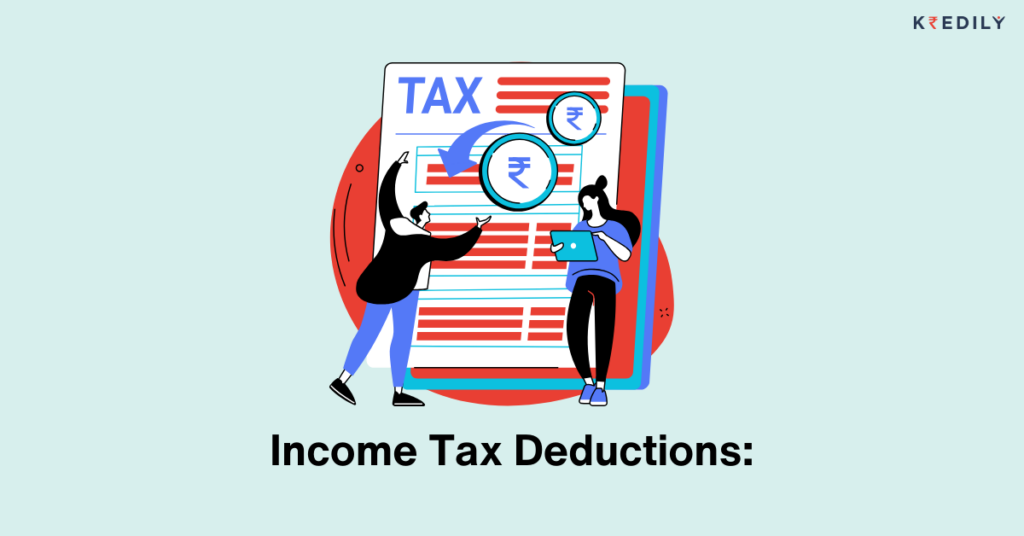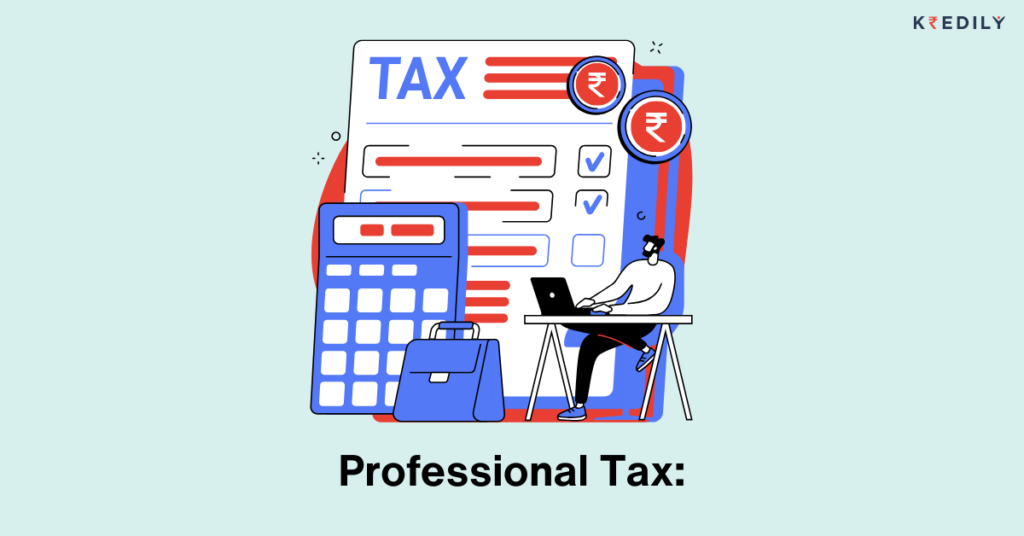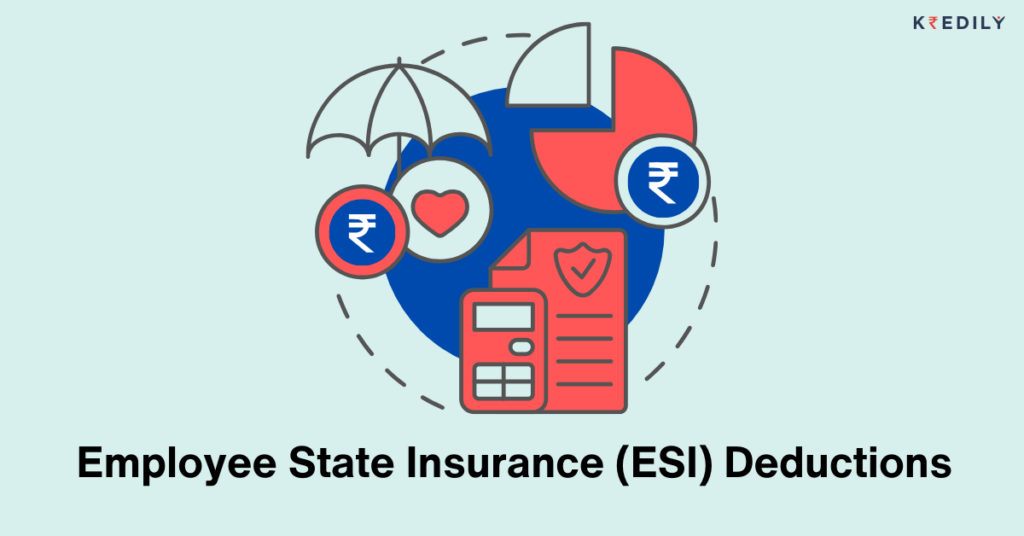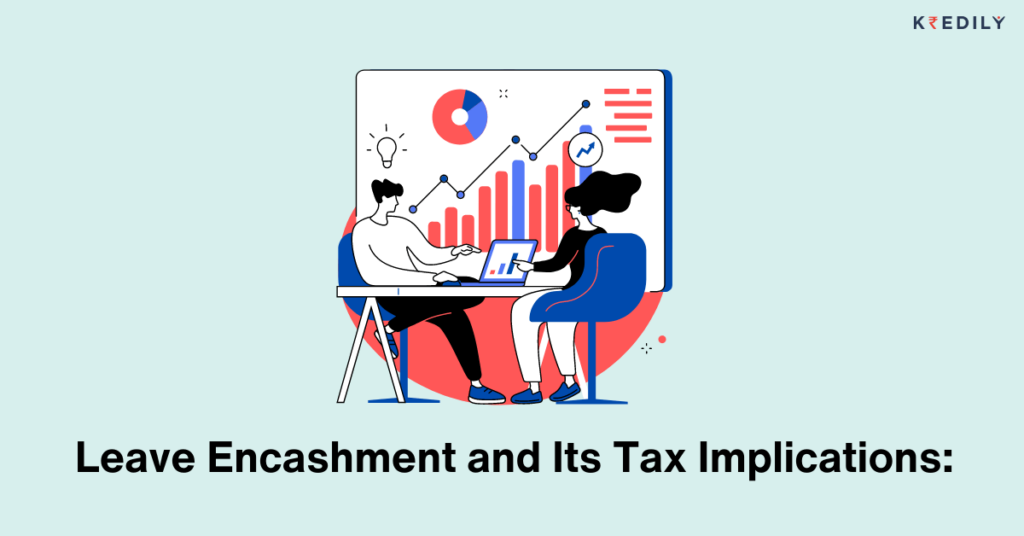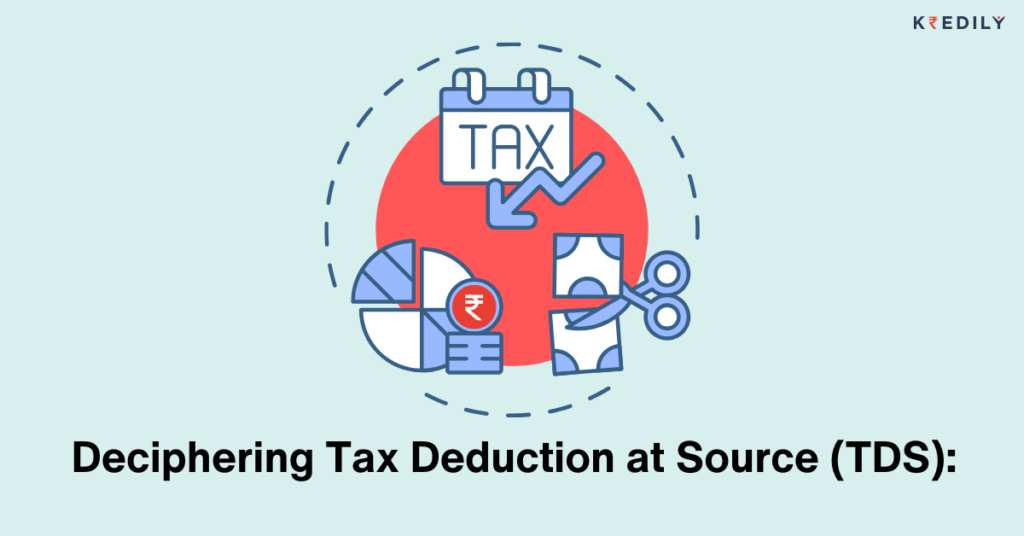Payroll Deductions in India: An Introduction
Indian employers and workers equally view payroll taxes as one of the critical managers of financial affairs. The contribution of the payroll tax deductions forms an important aspect of the settled financial strategizing process. It’s essential to grasp the intricacies of these varied tax deductions for both ensuring regulation adherence and tax savings maximization. This topical overview shall answer your question in great detail thanks to the fact that it covers all different payroll tax deductions that are applicable in India including income tax, provident fund contributions, professional tax, etc. Through this attainment of the deductions, employers will make the payroll process smoother as employees will also have the chance to gain more of their tax benefits necessary for financial stability.
Table of Contents:
- Understanding Income Tax Deductions
- Whether it is about knowing that my taxes, EPF (Employee Provident Fund) contributions, and so on are used to improve the quality of life for all. I am grateful for my country’s commitment to a fair and just society.
- Professional Tax: An Overview
- ESI Deduction – Let us Discuss
- Unraveling Gratuity Deductions
- When analyzing leave encashment and its tax implications, it is important to focus on the employer’s responsibility to declare the money as income.
- Dechiffrer “Impuesto de la fuente deducible (TDS).
- Through optimizing the value at which Investment Levels are made with more tax efficiency.
- Increasing Voluntary Provident Fund (VPF) Contributions due to the fact of the tax incentive.
- The National Pension System (NPS) and Tax Benefits as Financial Planning Tools
- Employee Stock Options (ESOPs) and Tax: An Impactful Issue in Corporate Governance.
- Conclusion: Tax Incentives to Businesses and Individuals
Understanding Income Tax Payroll Deductions:
Tax deductions are crucial for effective tax planning, as they help individuals reduce their taxable income and overall tax liability. Understanding the various deductions available can significantly enhance your financial strategy for the current year and improve your long-term financial health. Below is a detailed overview of key sections of the Income Tax Act and the deductions they provide:
Important Sections for Income Tax savings
- Section 80C: In this part, one gets tax exemptions on different expenditures which could be payment to the UAN Provident Fund, public provident fund (PPF), equity-linked savings scheme (ELSS), national savings certificate (NSC) and life insurance premiums. Till now the tax deductions when loss goes up goes up to Rs. 1. The gratuity benefit avails tax relief for an Indian resident earning a monthly salary amount not exceeding 15 lakh crore, making it one of the most popular tax saving approaches.
- Section 80D: To be run as a philosophy for investment tax credits in health insurance plans, this segment allows deduction of premiums paid towards health insurance coverage for self, spouse, children as well as parent. Lastly, comparable to the preventive health checkup deductions are also available. The maximum deduction limit could be different depending on the age of the covered one and the type of policy.
- Section 80E: People claiming education loans they are repaying may qualify for deductions under this subsection. Besides, they can claim credits for the loans of their spouses and the students in their family. The relievable amount is the interest component and can be claimed during a period of a maximum of five years or when the interest has been paid in full, whichever comes earlier.
Recognizing and maximizing such deductions can provide enormous revenues for taxpayers while at the same time contributing to important causes like medical care, education and saving for retirement. It is, therefore, wise that you consult a tax advisor or financial planner at all levels to come up with the best tax strategies and make sure you comply with national tax laws.
Navigating Provident Fund (PF) Contributions:
The Provident Fund (PF) is a bedrock of retirement or money planning platform in India, ensuring the financial security of employees once they retire. The employer and employees split the employee’s salary into two, The Employee Provident Fund portion is taxable under Section 80C of the Income Tax Act offering you tax benefits. Knowing PF deposit principles, the timing of withdrawal and tax rules relevant to the withdrawal is important to plan very well for the future.
The Employer takes a cut of 12% salary and DA credits into the PF contributions account. A similar amount from the employer’s side adds up to the employee’s PF contribution. Over time, these income sources mature and accrue interest. Workers have large savings at the time of retirement as a part of their retirement fund.
When it comes to PF withdrawal, although it’s for your retirement, there are cases in which you can withdraw part of it or all of it before your retirement; such as house purchase, medical emergency or job loss issues. On the other hand at the time of early withdrawal, this can be taxable, so enough time must be given to understand the implications of this exercise.
Professional Tax in Payroll Deductions: An Overview:
The professional tax is the local state charge placed on individuals who are employed in the professions, trade or business. The rate of taxation tax differs in every state and is determined by income level bracket, just like income tax. It is the responsibility of employers to effect and account for proration tax for their staff members, and so adhering to the state laws.
Career-based tax is among the measures of revenue for states and it provides a platform for financing the majority of social needs. Non-compliance with professional tax regulation could result in charges to the employer as well as the employee, meaning compliance with the laws is a must.
Exploring Employee State Insurance (ESI) Payroll Deductions:
Employee State Insurance (ESI) deductions are the obligatory payments made by employers and employees whose funds are used to cover medical insurance benefits for employees and their dependents. ESI, in comparison, enables employees to access healthcare benefits when they are ill, disabled, or on maternity leave, because of this, employees feel more secure and healthier.
ESI contributions are charged on employees’ gross salary, as a designated percentage, and the employer is supposed to deduct and remit the liability amount. Understanding SES requirements, SES rates and SES benefits is a prerequisite for employers to do their statutory obligations and for employees to get their entitled benefits.
Unraveling Gratuity in Payroll Deductions:
Gratuity recurrences are the building blocks of a retirement fund that is an aggregation of employees’ length of service with their employers. The cess is paid by the employers of the staff, and the deductions follow the same procedure. Pension funds are the traditional retirement benefits where employees receive gratuity upon retirement, resignation, or termination. This fosters financial safety and acknowledges long-term service.
Gratuity calculation mainly takes into account the last drawn salary, the maximum years of service, and the statutory minimum gratuity limit. Course in functional knowledge of gratuity diagnostic methods and taxation implications should be there for employers in compliance with their duties and for employees to plan their tapered budgets.
Leave Encashment and Its Tax Implications: Leave Encashment and Its Tax Implications:
Leave encashment can be utilized as a method of turning negated salary into currency in cases when extra money is required. Employees can avail of leave accruals that are calculated based on their salary and the number of leaves which they have not used. Proper treatment of documents and as well as strict adherence to labour laws serve as significant factors that are aimed at making sure the taxes are paid correctly and as well are in compliance with the statutory requirements.
Cash payments taken on leave are taxable in the same slab as the income tax rate of the employee on the same pay, and tax is deducted at the source by the employer. The rights of employees residing in leave encashment need to be aware of tax implications, therefore, they should plan properly accordingly to minimize their tax liabilities.
Deciphering Tax Deduction at Source (TDS):
The Tax Deduction at Source (TDS) is a method, by which an employee gets remuneration from different types of compensation, including salary, interests, rent and commission, the deducted amount in the form of tax from their payment is tax. Those organizations have to deduct TDS at the corresponding withholding tax rates and remit these sums to the Income Tax Department to control the tax payment procedure.
A major objective of TDS provisions is to properly collect the tax dues and impede tax avoidance. Deviation from TDS compliance will result in the application of fines as well as juridical legal procedures.
The employers need to correctly compute and consider the deduction, issuing a TDS certificate as proof for the filing of the tax returns. On the other hand, the employees should also be aware that TDS removed from their earnings is supposed to affect the overall amount of income they have and their tax liability. Employers and employees need to be aware that withholding tax provisions are mandatory so to stay clear of any possible tax-related disputes.
Leveraging Investment Declarations for Tax Savings:
At the beginning of each fiscal year, individuals declare their investments and expenses to their employer. They are permitted to do this throughout the financial period if they find the need to. The annual declarations are instrumental in tax deduction and an effective way to have tax savings. Employers next make TDS deductions after drawing inputs collection based on the configuration done in the process of FDs and according to the Income Tax Act, 1961.
Maximizing Voluntary Provident Fund (VPF) Contributions:
Apart from PF coupons, workers have the option of VPF contributions, another tool used by them for constructing a meaningful retirement pool. Individuals are eligible to claim tax benefits equal to those for regular PF contributions under Section 80C of the Income Tax Act while saving for retirement through VPF contributions. VPF allows employees to accumulate additional tax savings and to fix their financial future through the contribution limit.
National Pension System (NPS) and Tax Benefits: National Pension System (NPS) and Tax Benefits:
The NPS enables money earned through salaries, by contributing voluntarily, to transform into a large retirement corpus. These contributions can be part of Section 80CCD (1) as well as (1B) of the Income Tax Act and provide employees with better tax-saving options. It is feasible for employees to extend their definite savings for retirement as well as their tax liabilities through NPS deductions.
Employee Stock Options (ESOPs) and Taxation:
The Employee Stock Option (ESOP) plan is a potential for employees to purchase stocks at a benefit-cost. ESOP taxation follows different rules if the share exercise and sale occur either at the same time or at different times.
The usefulness of memory ESOPs cannot be understated for employees as they can capitalize on the maximum profits and at the same time minimize their tax bills. Through sorting out the timing of exercising ESOPs and selling the stocks, employees can gain as many tax advantages as possible with which their long-sought stock-based compensation can be magnified.
Conclusion: Projecting Power Into The Hands Of Employers And Employees:
Comprehending the procedure of payroll tax deductions is very important as employers and employees in India need to do it accurately without implicating tax laws on the wrong benchmark. Employers should understand the complexities of how to deduct PF and other contributions, professional tax and the whole income tax, to make sure that payroll functions are compliant and streamlined. On the other hand, staff members can also invest in the reduction of their tax liability by availing of tax-saving options that include voluntary PF contribution, National Pension Scheme deduction, and Esops as well.
Being skilled in all necessary aspects, employers and employees can carry out payroll administration in the easiest way possible which is also complying and effective. By having a good understanding and using the appropriate tax-saving tactics, employers and their staff can achieve greater financial security and compliance with the payroll tax regime helping them all to be financially healthy and flourish.

